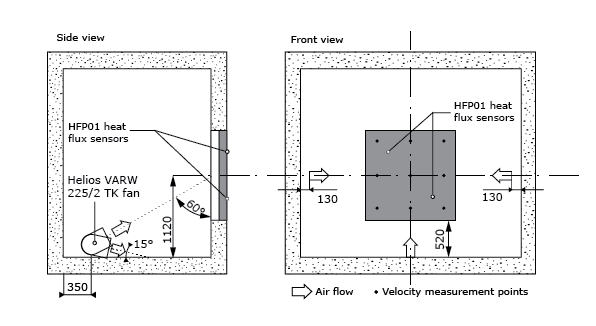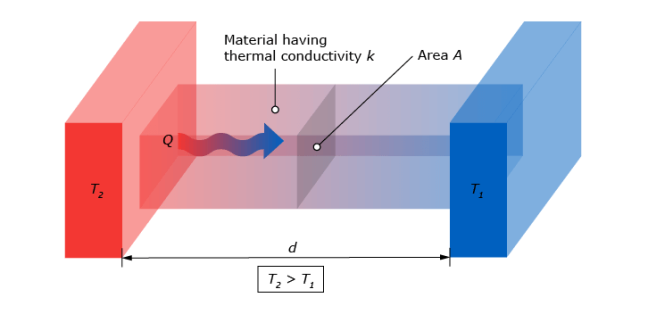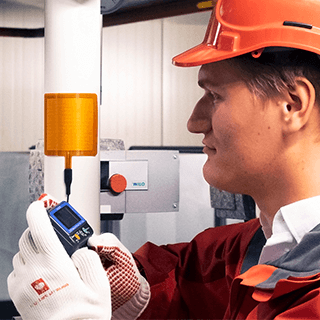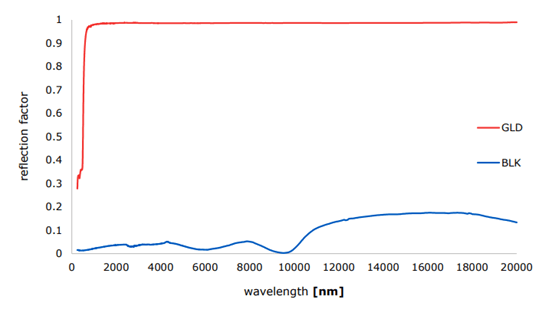Influence of natural and forced convection on heat flux of a wall
Measure heat flux with the HFP01 heat flux sensor
In 2017 Mr. F. Szodrai and Mr. A. Lakatos conducted a study regarding the heat flux through a wall with either natural convection or forced convection. The article was written for the department of Building Engineering of the University of Debrecen, Faculty of Engineering. To measure the influence of the type of convection on the total heat flux, they used the Hukseflux HFP01 heat flux sensors. The aim of the study was to find out if there would be a significant change in heat flux through a wall, insulated and uninsulated, if the type of convection changes.
Convection and heat flux through a wall
The setup of the study was created by an isolated chamber. The chamber was insulated with a 0.5 meter thick EPS 200 insulation system. One of the sides of the chamber had a hole of 1.44 square meters. The wall, made from brick and plaster, was placed in the hole sealing the chamber shut. The inside of the chamber was cooled down to 257 Kelvin by cryogenics. The outside temperature was 298 Kelvin. A ventilator was placed inside the room aiming at the wall, and was used to create a forced convection with a homogeneous air motion of 1 meter per second. The ventilator was placed at different positions to experiment with different angles of forced convection. They conducted the same experiments after insulating the wall with 0.013 meters of aerogel, a conventional insulation material.

Heat flux study assumptions
The following assumptions were made regarding the experiment to rightfully draw conclusions:
- The heat flux measurements were taken at steady-operating conditions
- Radiation effects are negligible
- Air is an ideal gas with constant properties, only dependent of the temperature
Heat transfer coefficients
To conclude if the heat flux through the wall changes, the heat transfer coefficients must be calculated. The heat transfer coefficient is a value that describes the convective heat flux of a situation.
The first conclusion to be drawn was that the angle of the forced convection, the angle at which the ventilator was aimed at the wall, did not influence the heat flux through the wall. The following heat transfer coefficients were found for the corresponding situations:
Heat transfer coefficient (W/m2K) Insulated wall | Heat transfer coefficient (W/m2K) Uninsulated wall | |
| Natural convection | 3.10 | 3.52 |
| Forced convection | 3.54 | 3.56 |
Logically, lower values were found for the insulated wall. However, there was no significant difference in the heat transfer coefficient for forced convection and insulation. To conclude; in this particular setup, insulating the walls only has a small effect on the heat flux through the wall, particularly when dealing with forced convection.
Original article: “Effect of the air motion on the heat transport behavior of wall structures”










